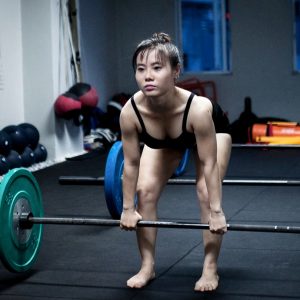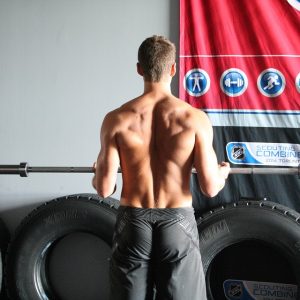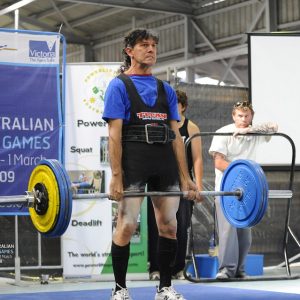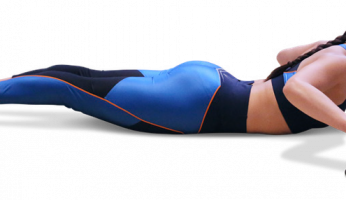Sumo VS Conventional Deadlifts
Whether Sumo deadlifting or conventional deadlifting is more beneficial is a question that many trainers get daily. Both types are classic muscle builders. To get down to the point, both sumo and conventional styles have their place in the training cycle. Deciding which one to do, or even you are considering on doing both will depend on a few factors. In this blog, we will not only discuss those factors, but we will also take a deeper look into the differences between the two. Hopefully, this will help you decide which is the best choice for you.

Important Things to Consider First
When deciding whether sumo or conventional deadlift is the best choice for you, there are a few factors to consider. Keep reading to see what those factors are.
• The muscles you’re looking to train
• Your flexibility and hip structure
• Your injury record: In other words, if you have been injured take into account what type of injury and where it took place before making a decision.
• Which style is most comfortable for you
Once you’ve looked at these factors, it’s time to move into the similarities and differences between the two.
Some Similarities Between Sumo and Conventional Deadlifts
It’s important at this point to recognize that while the two styles are very different, they have similarities between them as well. Below you will find a breakdown of the similarities of these two types of deadlifts.
-
Building Muscular Tension
For both of these lifts, muscular tension is important. You’ll want to ensure that you achieve the maximum from the start position. It’s important to note that you’re not able to build up tension the same way you do in other lifts. If you fail to have that muscular tension at the start of your lift, both of these styles will be ineffective.
-
Timing of the Lockout
Another similarity between sumo and conventional deadlifts is the timing of the lockout. For most people, the timing of the lockout is going to occur simultaneously. What this means is that the knees and the hips will lock at the same time. There are a few exceptions to this, but for the average person, this will hold to be true.

Clear Differences Between Sumo and Conventional Deadlifts
Now, that we know what the similarities are, let’s move into the three differences between sumo and conventional in our next section.
-
The Range of Motion
Because of the wider stance, the sumo lift has a 20 to 35% less range of motion than the conventional Lift does. This translates to there being more mechanical work needed for the conventional lift and less for the sumo. It’s important to note that this doesn’t mean that one will feel more comfortable to you than the other.
-
The Start Position
Another key difference between sumo and conventional deadlifts is the start position. This means that the angles of your body are going to be different for each. For a conventional lift, you’ll have a forward lean of 5 to 10% more than with the sumo. With the sumo deadlift, your shoulders will be even with the bar.
-
Targeted Muscles
Lastly, and maybe the most important difference is the muscles that are used between the two.
The conventional method uses more of the spinal erectors. Sumo uses the quads more. There are a few different factors to take into consideration, but this is the gist of it.
There are a few ways that you can determine which of the two is best for your lifting needs. These are listed below.
• Your hip structure
• Your limb strength
• Your height
• Your body weight
• Your gender
• Your muscular strength and weaknesses
Here’s What Some Coaches Say
Coaches’ opinions differ on which is the most effective for lifting. Some swear by the sumo method, while others start new athletes out with the conventional deadlift to see how they do. The conventional is also a great way to see what your weaknesses are, as well as what needs to be worked on.
Most coaches use what is outlined in this blog to determine which is best for their athletes. As previously mentioned, a lot goes into deciding which is the best powerlifting style for you. So, take your time, do them both and then make a final decision. Most coaches recommend experimenting with both before making your choice as well.

See What Your Doctor Says First
As with any type of lifting or exercise routine, it’s best to see your primary healthcare provider. Make an appointment with your doctor to determine if powerlifting is indeed the best choice for you. Some conditions and injuries mean that powerlifting is not a good idea. Your doctor can help you determine if it is or not for you.
It’s also important for you to follow all safety precautions for deadlifts when lifting. Following these precautions is important whether you’re doing sumo or conventional deadlifts.
If you’re an athlete who cares greatly about your deadlift strength, then choosing between these two is going to be extremely important to you. The biggest factor to consider when choosing is which one makes you feel the most comfortable. How comfortable you are will largely depend on the structure of your hips, so make sure to figure that out before going forward. However, it’s important not to ignore the other determinations listed here as well, as they all add up to which one is best for you.
One final note is to test whichever method you choose for no less than six months, before testing the other. This is the only way to determine which you should stick with from now on. Happy lifting, everyone!











